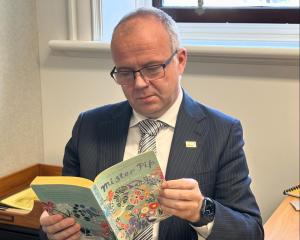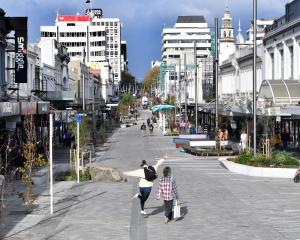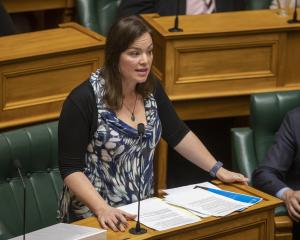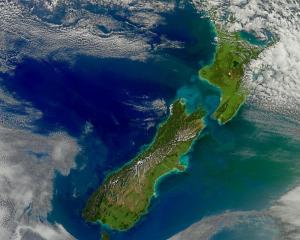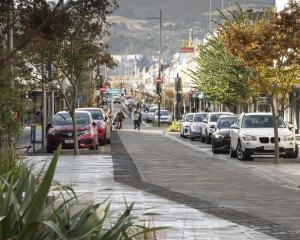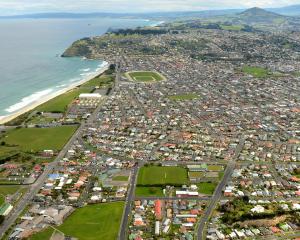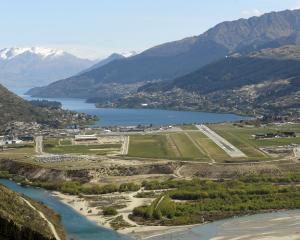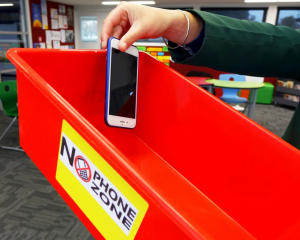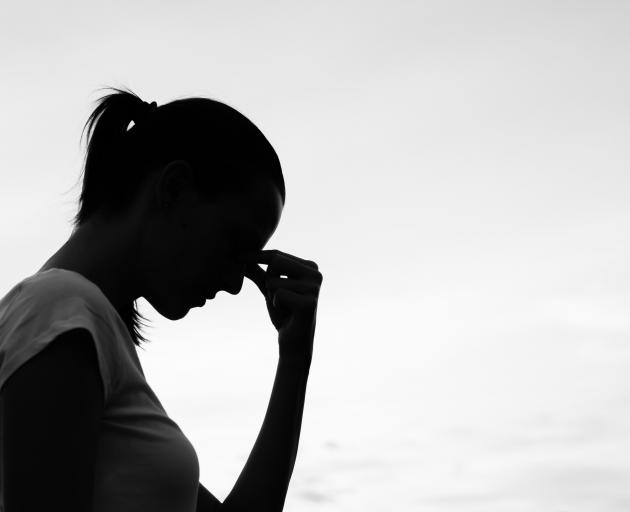
Such sums should buy powerful frontline services, which Health Minister David Clark says will be 1600 new staff. In population terms, say 100 new workers south of the Waitaki, about 16 in Central Otago Queenstown Lakes and eight workers for Oamaru-Waitaki.
If local communities owned and operated those services, they might actually get those staff. And by securing their share of existing services currently withheld from them in the cities, they could get modern useful approaches, through a massive step up in size.
Nobody argued when in 2010 I presented the astonishing figures that the Southern DHB funded about one mental health worker for every 312 people in Dunedin. And one mental health worker for every 1840 people in Central Otago Queenstown Lakes. In 2014 it was worse.
Nobody argued my statement made in the Otago Daily Times that it could be as bad as one worker for 240 people in Dunedin and one worker for for 2000 people in Central Otago Queenstown Lakes.
Astonishing figures, but apparently communities out of the cities don't matter. For 15 years the Southern DHB has been able to say it's planning. But habitually U-turns before any implementation. So far this century the outcome has been to keep funding to itself and to its employees.
The DHB keeps its employed teams under its own structure, won't spread them to where the people actually live and can't adapt to modern formats.
DHB chairman Richard Thomson started a Mental Health Services Review in 2004, with employed project staff, but even as chairman he could not get implementation past management.
From 2010 the new plan developed was called "Raise Hope" but the inevitable U-turn led some DHB staff to call the plan "Dash the Spirit". It has certainly ground to a halt.
There has been a large group looking at "Raise Hope" for about the last four years, but nothing useful has emerged.
In 2013, because of my view on the inequality, I was paid to write a development plan for Central Otago Queenstown Lakes. But as it was completed the senior management changed and the plan was never seen again, probably because it proposed an equitable distribution of resources out of Dunedin.
In 2017 I volunteered with others to look at services in Clutha, a Southern DHB-led project. After 10 trips to Balclutha a useful plan emerged, but was cancelled by the DHB, possibly because it looked useful. There are many examples showing a pattern.
Especially around the election we had an uprising of public concern saying New Zealand mental health services are disconnected from their communities. The history of the service shows that significant change only comes from external intervention.
Discontent from the public led to a mental health inquiry, and now significant government-led proposals about how things are done.
So what is a Frontline Mental Health Service? Health minister Dr Clark nails it with his description of the "missing middle". A GP and others should be able to walk with their patient and physically introduce them to a person who can help immediately.
It aims to put trained mental health workers in doctors' clinics, and other health services. That worker would have an ongoing relationship with the person in distress, to guide and support their recovery.
Dr Clark says: "We want everybody who experiences mental distress to be able to get access".
Access and choice are proposed, implying local and familiar. So what might that actually look like in say Alexandra or Oamaru or Te Anau?
You will see a staff group that might be based across the same car park as the local health centre, with staff who support the second health centre down the road, the local school counsellor and others. You could walk in, without complicated referral or the need to create crisis and drama.
You would meet a strong local team, which knows its own community, and is not spending much time sending clients elsewhere or arranging re-referrals.
It can turn the local knowledge and contacts of rural areas and towns into an advantage.
It can closely support other agencies' work. It would recognise that you, your family and others are the first responder, you do most of the work already and they need to support you.
• Local Control is important and communities need to get organised. Local communities in the past rose up and marched to gain local services. Councils and local groups could lead in a positive manner. It does not matter so much who owns and operates the service, but a local board and oversight ensures they get the services that belong to them.
• You should easily recognise and understand what the mental health service does. The "Headspace" centres in Australia operate under a franchise model, ensuring consistency, quality and relevance. Additional models to consider would be the Trieste approach providing local access for local people. Or United States "Systems of Care", ensuring real work together among agencies.
• As lots of other positions that formally belonged to the DHB in the cities transfer in, even small areas become well resourced. The Budget announcements offer a great opportunity and real resources to ordinary folk. Southern communities might still miss out unless they organise.
Kerry Hand has had a long career in mental health services. He has visited effective alternative models in both Italy and the US.


